
Cross-stitch embroidery: a heritage that is preserved from generation to generation.
Stitch after stitch, with love and care, cross-stitch embroidery, also called “Xoc-Chuy” or “Xok Bi Chuy”, is a technique that consists of forming a cross every four stitches, and through several crosses, It allows you to illustrate almost any figure, from bees, jaguars and letters, to elaborate landscapes and complex details.
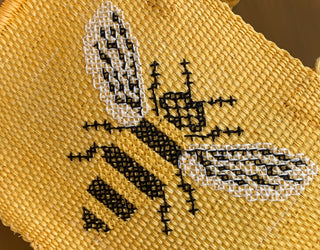
This style of embroidery is very old and has been found in different archaeological sites on the other side of the world, where our ancestors decorated all types of pieces and garments. However, it was not until the conquest of Mexico and colonization that many techniques and materials reached Mexican lands, which were adopted in various indigenous communities. Today, expert embroiderers are found in towns in the interior of the state of Yucatán, who obtained this knowledge thanks to their great grandmothers, grandmothers and mothers. Learning and dedicating themselves . The technique is a little difficult to learn, because it requires a lot of dedication and care, depending on the figure you want to capture, the time varies from a week to months.
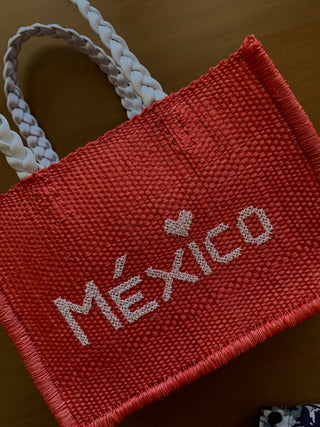
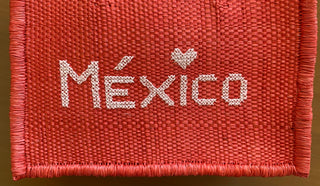
.
These craft projects give many women who are housewives the opportunity to generate extra income, because wherever they are, they only need the surface to embroider,
cotton threads, needles and their magical hands to create incredible designs.
It is worth mentioning that not long ago, it was extremely important for girls in Mayan communities to learn the skill of embroidery from a very early age, as it was one of the only means by which they could generate an income.

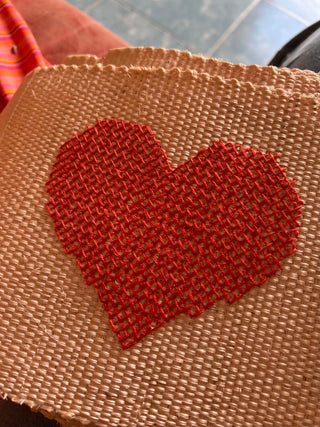
Although it is most common to find this type of embroidery on clothing such as beautiful
huipils (since the surface of a fabric is uniform and ideal for this stitch), our team took on the task of finding a group of embroiderers capable of working on henequen looms. , and although it is more complicated due to the lack of uniformity and hardness of the loom, this team of women prefers it and it even becomes easier for them, which is incredible.
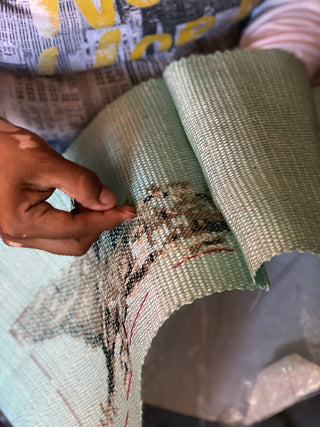

At the end of it all, stitch after stitch, the result is a masterpiece in which hours of
work, years of knowledge and a lot of love are hidden.
At Paloma van den Akker we have high quality, limited series bags, made 100% by hand with henequen and embroidered. Visit us at the boutique located at Paseo de Montejo
number 498-A, or take a look here.
Give a fresh and chic touch to your wardrobe!


